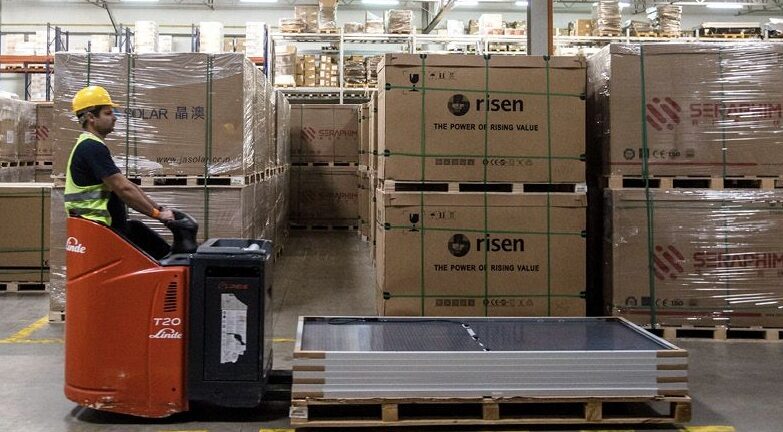A group of researchers led by Helmholtz-Zentrum Berlin (HZB) in Germany and China’s Henan University investigated repeated thermal stress cycles, reflecting diurnal cycles, on the degradation of metal halide perovskite solar cells.
Its results and proposed solutions appear in a perspective paper, “Resilience Pathways for Halide Perovskite Photovoltaics Under Temperature Cycling,” published by Nature Reviews Materials.
By subjecting perovskite solar cells to repeated temperature changes – the cells were cooled to minus 150 C and then heated to plus 150 C, the team was able to study the changes in the microstructure of the perovskite layer and its interactions with the layers of the cell stack. The group noted divergent thermal behaviors of the various materials. Furthermore, local phase transitions and diffusion of elements into adjacent layers were observed.
It concluded that thermal stress is the “decisive factor” in the degradation of metal-halide perovskites. While encapsulation can effectively protect the cells from moisture and atmospheric oxygen, it pointed out, the devices are still exposed to daily temperature variations throughout the year. In the desert, for example, temperatures inside the solar cells can range from minus 40 C to plus 100 C.
To make the perovskite and adjacent layers more resilient to thermal stress, the researchers suggested “enhancing material crystallinity” or using buffer layers to relieve “interlayer thermal stress.”
They also stressed the importance of uniform testing to facilitate comparison between different studies, as a prelude to its proposal of a unified approach for evaluating stability under temperature cycling.
The researchers from the aforementioned institutions were joined by scientist collaborators from the University of Oxford, Università degli Studi di Cagliari, Henan Normal University, Swiss Federal Institute of Technology (EPFL), Southeast University, University of Stuttgart, Universidad de Valencia, IEK5-Photovoltaics Forschungszentrum Jülich, Bielefeld University, and University of the Basque Country UPV/EHU.
This content is protected by copyright and may not be reused. If you want to cooperate with us and would like to reuse some of our content, please contact: editors@pv-magazine.com.



By submitting this form you agree to pv magazine using your data for the purposes of publishing your comment.
Your personal data will only be disclosed or otherwise transmitted to third parties for the purposes of spam filtering or if this is necessary for technical maintenance of the website. Any other transfer to third parties will not take place unless this is justified on the basis of applicable data protection regulations or if pv magazine is legally obliged to do so.
You may revoke this consent at any time with effect for the future, in which case your personal data will be deleted immediately. Otherwise, your data will be deleted if pv magazine has processed your request or the purpose of data storage is fulfilled.
Further information on data privacy can be found in our Data Protection Policy.